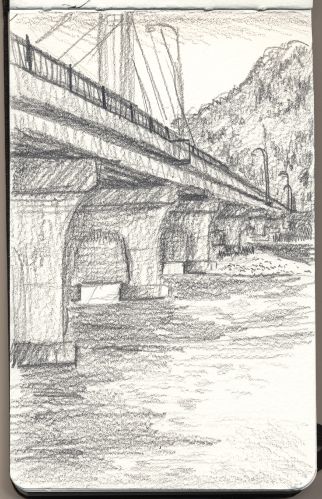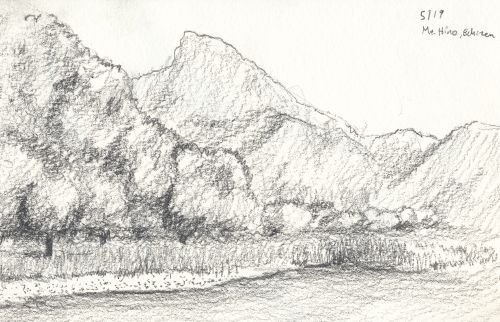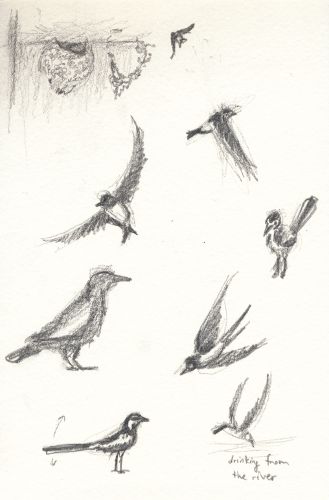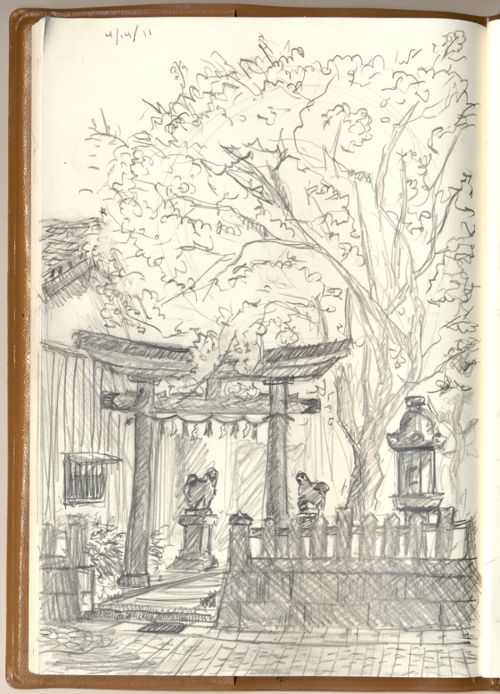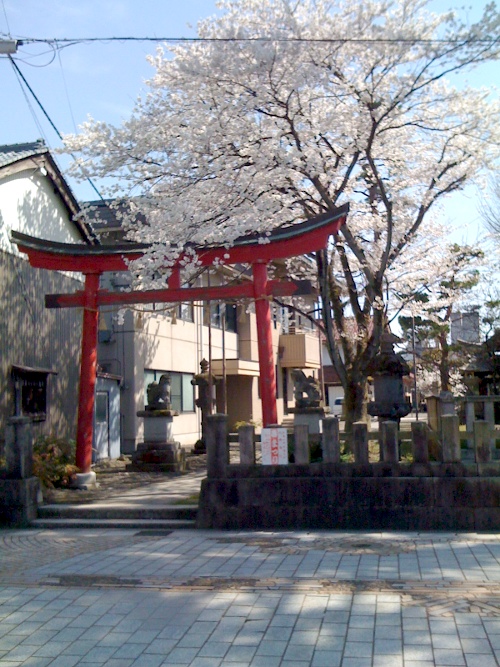Have you heard about Kickstarter?
I discovered it last year, and it immediately struck me as a really awesome idea, and quite possibly the solution to the question of how to make art in a copy-and-paste world.
As soon as the internet became widespread, the old way of doing art died. Sure, it’s still around now, but its in its final death throes. Napster, mp3 sharing, bit torrent, and a whole host of similar initiatives changed the way we access music, tv, movies, and so on. Now with handheld e-readers even books are being absorbed into the sea of piracy. This is great for consumers, and scary for the producers of media — but only if they don’t adapt to the system. Already a few companies have had great success by adapting themselves to the new world presented by the internet — iTunes, Netflix, Hulu, Youtube and so on have all found ways to make music, movies, and tv available easily, and no doubt we’ll see digital libraries handling ebooks soon enough. But one part of the art world which hasn’t changed too much yet, but is in as much danger of being left behind as music was, is visual art.
Many visual artists work with big companies, and so they will adapt along with those industries. But what about the smaller, independent and freelance artists? When everyone has color printers and high quality digital cameras and scanners it means that any image can be captured and reproduced infinitely at a very high level of quality. And with images floating unimpeded around the internet, it’s not easy to see how there soon could be a crisis for artists who lie outside of the corporate safety net. And with e-business cutting costs, its just as easy for these big firms to hire talented artists in India or elsewhere to make beautiful pictures at a fraction of the cost that it would take to hire an American illustrator. It looks the feasibility of doing freelance artwork is drying up for those who do not have full-time position
But companies like Kickstarter are doing exactly what the internet is supposed to be doing for everyone: knocking down barriers and bringing new opportunities. The business model they use is so simple and elegant: patronage. Everyone knows that art is expensive to make (though many people probably don’t know just how expensive it really is!). In the old days, artists had to be supported by rich patrons. The most obvious example is the House of Medici, without whom we would not have the works of Michelangelo and many other Renaissance masters. But the patronage custom went well beyond those ages, and even in the Industrial Era we had the big business tycoons supporting the arts — Carnegie and Rockefeller to name only a few. The patronage tradition has continued for a long time, but has always had one huge problem: you have only a few patrons, but millions of artists who could potentially be competing for that support.
This is where the internet comes in. With the ease and low cost of global communication brought about by the internet, it is not possible to have patrons support causes through micro-payments. Micro-payment services have been used for research projects, charities, funding education in poor districts, and countless other things. I even know of a few publishing companies that have gone from nothing to fairly big publishing though hard work and micro-payments made by patrons who appreciate the work they do. Kickstarter follows this philosophy, and provides a forum where artists can link up with patrons who are willing to support their projects.
It’s hard to overstate how cool this actually is. 10 years ago it would have been impossible. Even 5 years ago it would have been difficult. An artist, or a musician, or an author might have great talent and the perfect idea, but without a rich backer or a corporation to provide funding, he or she would be stuck and the project would never come to be. That world no longer exists. Thanks to the internet and companies like Kickstarter (it’s not the only one — there are quite a few net businesses that have sprung up around this model), possibilities that never could have existed 10 years ago are becoming real. Even cooler, the people using Kickstarter are often part of the internet intelligentsia — folks who support open source and creative commons, copyleft, and DIY projects. So not only is Kickstarter helping new artists do their projects, but it is making the world a better place by supporting projects that most companies would have dismissed as unprofitable! Yet find the right people, and anything is possible.
The best part of the patronage system is that each patron gets to provide input on the project and see it along as it progresses. Patrons get to be a part of the development process, and they also receive some kind reward for their support as well — so it’s not simply a donation: its an investment.
If you are a fan of the arts, you should definitely check out Kickstarter. I’ve been watching them for a year or so now, and some of the projects that caught my attention are just so cool: one group hires an orchestra to make professional recordings of classical pieces and then donates them to the public domain (because even though the music is public domain, often times the recordings aren’t). Others have made physical merchandise after receiving the funding for supplies. Custom dice, iPad games, board games, graphic novels, large-scale art projects… the variety up there is amazing. Go check it out!
It must sound like I am doing a commercial for Kickstarter… and in a way I am, because I think we should all support the arts in every way we can. But a big part of the reason I wanted to mention the potential awesomeness is because I, too, will be launching a Kickstarter project soon and I hope that you will be interested in supporting me. I’ve been working on it since January and it’s the reason I have been much more quiet on my blog than I would have liked to this year so far — I haven’t had much new art to show outside of this project, and I didn’t want to show anything for this project until it was ready. I’ll be making another more detail blog post about it this month, but I can say what it is for now: a fully illustrated field guide to yokai, featuring over 100 full-color illustrations and descriptions from the weird and wild folklore of Japan. More on it later!



